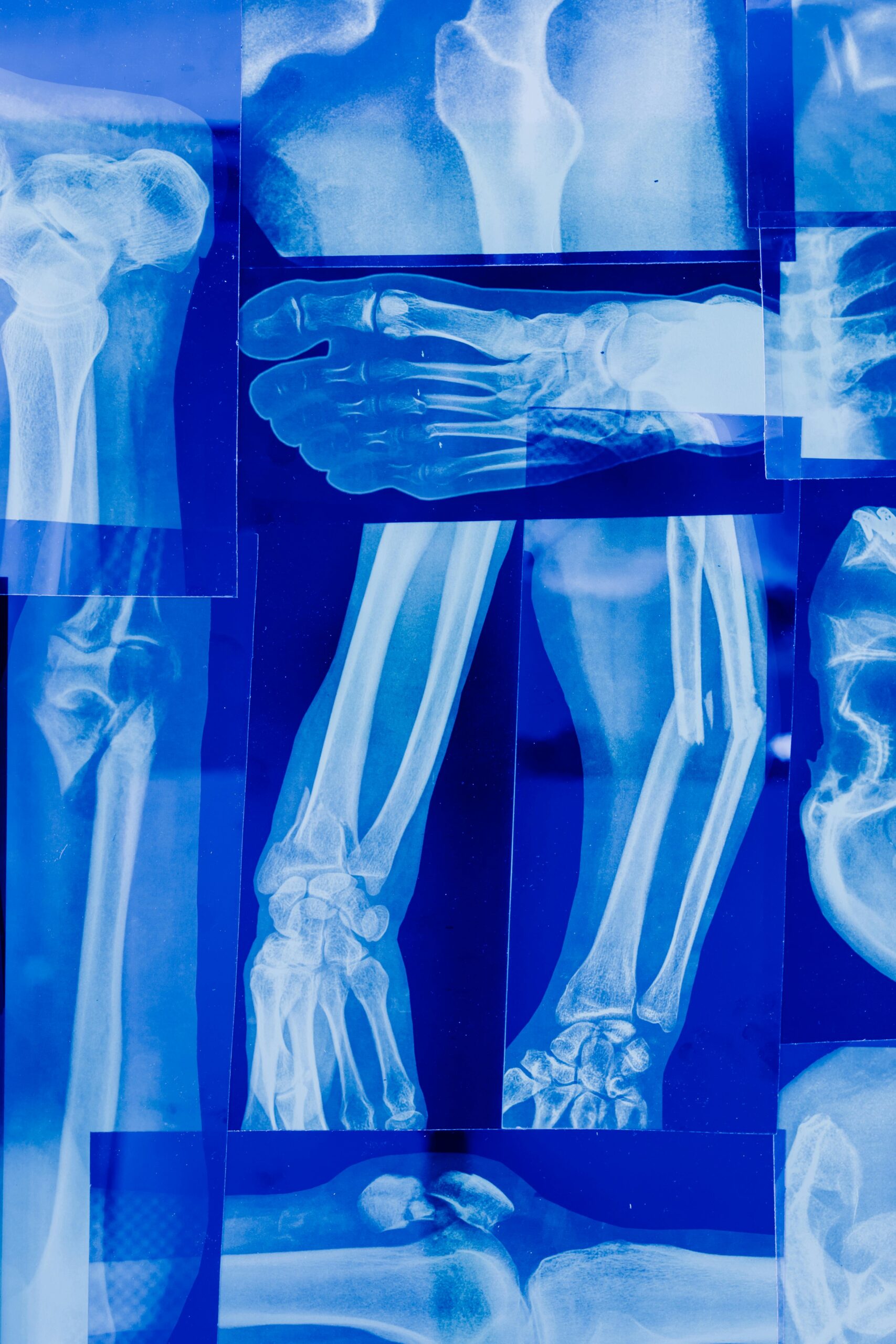To ensure justice and equality, the UK has implemented laws to prevent and address discriminatory abuse. These laws provide legal protection and avenues for recourse for those who have been subjected to such mistreatment. Understanding these laws is crucial in creating a society that respects and upholds the rights of all individuals.
In this article, we will explore the key aspects of discriminatory abuse laws in the UK and the measures in place to combat this harmful behaviour.
What is Discriminatory Abuse?
There are many different types of abuse, including physical abuse, material abuse, domestic abuse, sexual abuse, financial abuse, emotional abuse, psychological abuse, and institutional abuse. In this article, we will explore discriminatory abuse – often referred to as discrimination – which is a type of mistreatment that occurs when someone is targeted because of their race, religion, gender, sexual orientation, disability or because they are perceived to be different. It includes verbal and physical abuse, such as name-calling and bullying. It can also include threats of violence and other forms of intimidation. Discriminatory abuse can take place in any situation – in the workplace, or in general life.
Discriminatory abuse is a serious legal issue in the UK and protection against it is offered by the Equality Act 2010.

The Relationship Between Hate Crimes and Discriminatory Abuse
In the majority of crimes, it is typically an item or possession under the victim’s control that drives the offender to commit the crime. However, in hate crimes, it is the identity of the victim or their perceived characteristics that serve as the motivation for the offender. Because of this, hate crimes are considered a form of discriminatory abuse.
A hate crime is legally defined as a criminal offence that is perceived by the victim or any other person to be motivated by prejudice or hostility based on characteristics such as race, religion, sexual orientation, disability, or transgender identity.
A hate incident, on the other hand, is defined as any incident perceived by the victim or others as being motivated by prejudice based on race, religion, sexual orientation, disability, or transgender identity – whether a crime or not. Not all hate incidents may result in criminal offences, but it is equally important that they are reported and documented by the police.
Evidence of hate is not necessary for determining if an incident is hate related. The perception of another person, whether it be a witness or a police officer, is sufficient.
Hate Crimes vs. Mate Crimes
Mate crime is a particularly dangerous form of criminal exploitation that disproportionately targets people with learning disabilities. It occurs when an individual, often another person with a disability, identifies and befriends someone in order to take advantage of them. They then gain their trust and loyalty before using it against them, which often involves manipulating them or exhibiting coercive behaviour to gain access to their money or possessions, or they may simply treat the victim’s home as their own. This is also a form of financial abuse.
In some cases, mate crime is linked to cuckooing; the term used for when criminals take over a victim’s home for use in illegal activities such as drug dealing and selling stolen items.
Regardless of the method employed, all forms of mate crime have devastating consequences on people with learning disabilities, who are especially at risk of abuse. Victims often find themselves isolated by their exploiters, unable to access support services and even cut off from family and friends. For this reason, it is extremely important to be aware of the signs that could indicate someone is being groomed by an exploiter and seek help if necessary. Additionally, providing resources such as housing support or mentoring programmes can also help protect those vulnerable from different forms of exploitation.
Discriminatory Abuse Prevalence in the UK
Discriminatory abuse prevalence is an issue that has only recently come to the attention of many. Recent statistics suggest that it is a fairly widespread occurrence, although there are still disturbingly low rates of reporting on the matter.
Less than 1 per cent of the 149,540 Section 42 safeguarding enquiries raised in 2020/21 were linked to Discriminatory Abuse and only two of the 399 Safeguarding Adults Reviews from 2017-19 were completed under this category (Safeguarding Adults, England, 2020-21: Experimental Statistics).
Moreover, rates of reported disability hate crime – one of the forms of abuse related to discriminatory abuse – have also increased in recent years with 9,208 incidents recorded in 2020/21 (Hate Crime Statistics). This implies that discriminatory abuse prevalence could be more serious than originally thought, but that this type of abusive behaviour remains largely undetected due to lack of proper reporting.

Discriminatory Abuse and the ‘Protected Characteristics’
Discrimination, which involves treating a person unfavourably due to their membership in a specific group or category, is never acceptable. Unequal treatment in the workplace and other environments can take many forms, and it is prohibited under UK legislation to commit such an offence when the treatment is based on various protected characteristics or traits.
As per the Equality Act 2010, these characteristics include age, gender reassignment, being married or in a civil partnership, being pregnant or on maternity leave, religion or beliefs, race and disability. Let’s take a look at each of these:
Age
Age discrimination applies to all ages from childhood through to the elderly. Those who are discriminated against solely because of their age, often in the workplace, may have access to legal recourse if they can prove that they were treated differently than younger or older workers with similar qualifications.
The Equality Act of 2010 protects all individuals from being discriminated against because of their age, regardless of how young or old they may be. The law applies to both direct (such as refusing to hire someone due to their age) and indirect (such as introducing policies which disproportionately impact a particular age group) discrimination.
Gender
Discrimination against gender/gender identity is a form of discrimination based on one’s sex or gender. This type of discrimination can occur in many different forms, including unequal pay and employment opportunities, unequal access to education and healthcare services, and even physical or sexual violence. In the United Kingdom (UK), this type of discrimination is prohibited by law.
Gender Reassignment
Gender reassignment protections cover transgender individuals who have undergone gender confirmation surgery, as well as those who merely present themselves as members of the opposite sex.
In the United Kingdom, it is illegal to discriminate against someone because of their gender reassignment status.
Marital Status
Protections for couples exist both for traditional marital relationships (being married) as well as non-traditional unions (being in a civil partnership). Under the Equality Act 2010, it is illegal to discriminate against someone on the basis of their marital status, meaning that those who are married and those in civil partnerships have similar protection.
Maternity
Under the Equality Act 2010, employers are prohibited from discriminating against any employee on the basis of their pregnancy or maternity status. This means that pregnant women and mothers on maternity leave must be afforded the same opportunities granted to non-pregnant employees in terms of job prospects.
Disability
In the United Kingdom, it is illegal to discriminate against individuals based on their disability, both in the workplace and in other environments.
This means that, in the workplace, employers cannot discriminate against applicants or employees because of a disability. The Equality Act of 2010 prohibits employers from treating disabled applicants or employees differently than those who do not have a disability. This includes not hiring someone because they have a disability, paying them less than other employees, and providing them with lesser benefits or opportunities for advancement in the workplace.
Religion or Beliefs
Religion or beliefs is a protected characteristic under UK law. This means that it is illegal for someone to be discriminated against because of their religion or beliefs in any aspect of employment, education, housing and the provision of goods and services.
Race
Racial discrimination is also prohibited under UK law. In the workplace, it is illegal for employers to treat applicants or employees differently based on their race. Racial discrimination can take many forms, such as derogatory comments about a person’s race or culture, or treating someone differently because of their racial background.
Sexual Orientation
Sexuality discrimination refers to unfair treatment or prejudice against individuals based on their sexual orientation, whether they are heterosexual, homosexual, bisexual, or other.

Discriminatory Abuse Indicators
Discrimination is a form of abuse that can have various impacts on individuals.
- Unequal treatment and denial of rights directly affect quality of life.
- Threatening behaviour, verbal abuse, derogatory remarks, and inappropriate language harm self-esteem.
- Denying access to communication aids and interpreters limits resources and services.
- Harassment and exclusion damage a sense of belonging.
- Substandard service provision lowers quality of life and affects health and safety.
All these forms of discriminatory abuse cause distress and suffering, not only for individuals but also for communities.
Direct Discrimination
Under UK law, direct discrimination can be easier to identify. It occurs when someone is directly treated less favourably than another person because of a ‘protected characteristic.’ This type of discriminatory treatment is prohibited under the Equality Act 2010 and any individual found guilty of direct discrimination may be subject to civil and/or criminal proceedings.
Here are a few examples of direct discrimination:
- Employment Discrimination based on race: An employer refuses to hire a qualified candidate because the candidate is mixed race.
- Service Provision Discrimination based on religion: A hotel refuses to provide a room for a customer because the customer is Muslim.
- Housing Discrimination based on sexual orientation: A landlord refuses to rent a property to an applicant because the applicant is part of the LGBTQ community.
- Promotion Discrimination based on pregnancy: An employer overlooks an employee for promotion opportunities based on their recent pregnancy announcement.
- Pay Discrimination based on gender: An employer pays female employees less than their male counterparts for the same job roles and responsibilities, solely based on their gender.
- Harassment in the Workplace based on gender reassignment: An employee experiences offensive and derogatory comments or behaviour because of their recent gender transition.
Indirect Discrimination
Unlike direct discrimination, indirect discrimination can occur without any intention or knowledge that such behaviour is discriminatory. This type of discrimination occurs when an organisation has a particular policy, rule or practice in place that disadvantages people with a certain protected characteristic – even if this was not the aim of the policy, rule or practice.
For example, an employer has a ‘no visible tattoos’ policy which could be argued to disproportionately disadvantage individuals with religious tattoos or symbols.
It is important to note that even if the organisation can demonstrate that the policy was put in place for legitimate reasons and is justified by those reasons, it would still amount to indirect discrimination if it disadvantages people with a protected characteristics.
It is also possible to challenge indirect discrimination in the workplace by demonstrating that there was an alternative, less discriminatory way of achieving the same outcome.

Taking Action Against Discrimination in the Workplace
Positive action is an important and legal way to help people who are disadvantaged, have particular needs, or are under-represented in certain areas. It involves taking voluntary steps to ensure that these people have the same opportunities as everyone else by creating a more equal and diverse environment. Taking positive action can be done in many ways; it can take the form of offering extra support for job applicants from groups who are disproportionately affected by discrimination, or providing vocational training for those who would otherwise lack access to such opportunities.
Additionally, employers might consider introducing policies which encourage recruitment from minority groups, or create networks or mentorships which provide guidance and support for marginalised individuals. Ultimately, positive action serves as a valuable tool in actively pursuing criminal justice and equity within society.
What To Do When You’ve Experienced Discrimination in the Workplace
If you’ve experienced discrimination in the workplace, there are a number of steps you can take to address the situation.
First and foremost, you should document the incident. This might include writing down what happened, who was involved, and any other details that could be relevant in addressing your complaint. You should also collect any evidence associated with the incident, such as emails, photos, or witness statements.
Once you have documented the incident, and only when safe to do so, your next step should be to contact the person responsible for the discrimination and explain how their actions have impacted you. If this does not result in a satisfactory outcome, there are a number of legal avenues available to pursue a remedy. Depending on the situation and the desired outcome, it may be possible to take your complaint to an employment tribunal or other court of law. If you feel that your employer is responsible for the discrimination, you may also be able to make a complaint to your local authority or other relevant body.
Conclusion
In conclusion, discriminatory abuse law in the UK plays a crucial role in ensuring the protection and promotion of equality and human rights. It serves as a powerful tool to combat discrimination and create a more inclusive society.
The law not only provides legal remedies for victims of discriminatory abuse but also serves as a deterrent for those who engage in such behaviour. It sends a clear message that discrimination in any form will not be tolerated, and that every individual deserves to be treated with dignity and respect.
However, it is essential that the law continues to evolve and adapt to address emerging forms of discrimination and ensure that justice is served. By enforcing and strengthening discriminatory abuse law, we can strive towards a society where every individual is treated equally, regardless of their race, gender, religion, or any other protected characteristic.


